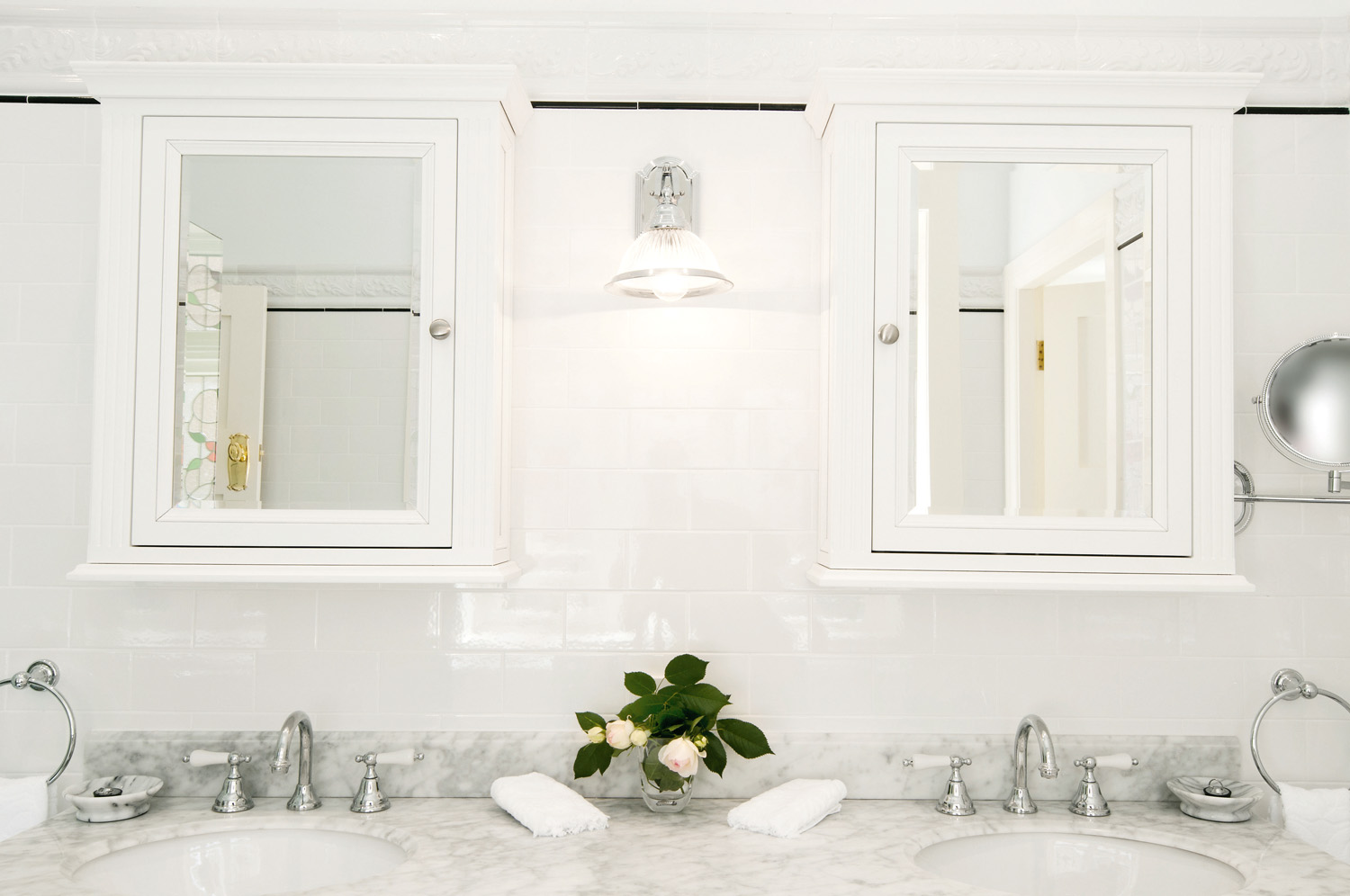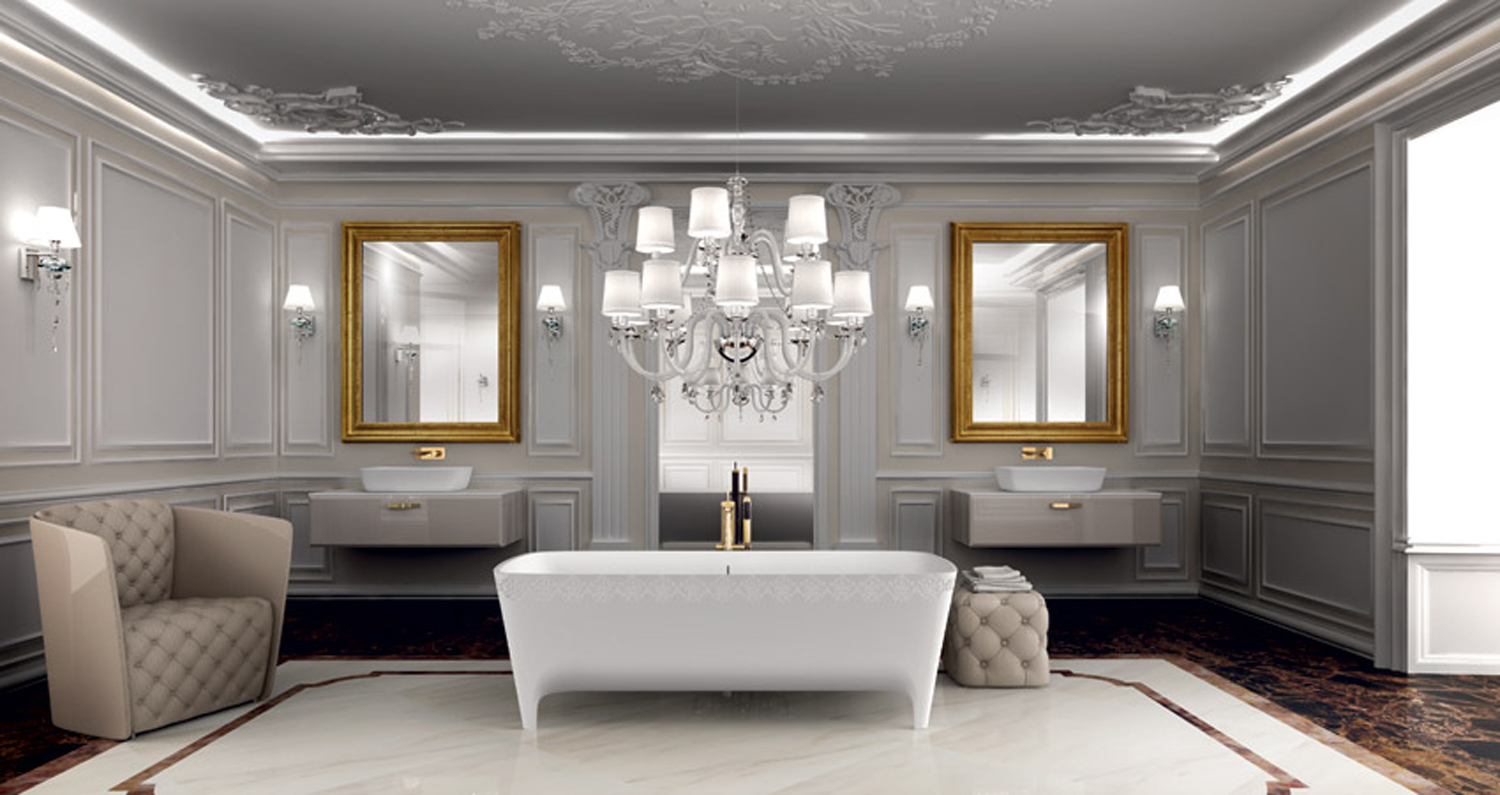Where to begin when renovating your bathroom.
For some reason, the poor bathroom has obtained a bad rap among renovators. It’s often considered the hardest room to renovate and with such a variety of fittings, fixtures, layouts and designs to consider it’s easy to see why. But it doesn’t have to be so. Take the time to do some research before you start and have a clear goal in mind. Here’s a list of all the points to consider before you start.
DIY or DIFM?
Because there are many issues associated with waterproofing and electrical works, we definitely recommend calling in the experts for both the design and installation processes. But savvy homeowners on a budget can pick and choose some tasks to take care of themselves and contract out the trickier aspects in order to save a few dollars. Don’t forget, there is a host of Australian Standards relating to bathrooms and you will need to be well-informed before you begin. (This is where the experts come in.)
Where to Begin
Unless your renovation will make any modifications to external walls — such as enlarging or making a new window, for example — council permission in the form of a development application is not required. Sometimes the bathroom renovation is part of a more extensive job and if council approval is required for these works, then the bathroom would be included as part of the whole project.
How Much?
Today’s consumers have plenty of choices when it comes to fittings, fixtures and finishes for their bathrooms and this means almost every budget can be accommodated. A variety of factors will affect your final budget including:
- Size of room
- Type of tile chosen, such as ceramic or marble.
- Extent of tiling (to the ceiling or a combination of tiles and paint).
- Choice of fittings.
- Choice of fixtures, such as vanity units.
- Choice of finishes, such as hidden cistern systems.
- Extent of plumbing works.
- Extent of electrical works.
When setting a budget, consider the following:
- What type of family do you have and how much space will they need?
- What are your usage requirements — does everyone get ready at the same time in the mornings?
- What are your “must haves” and what goes on the wishlist?
- Where are you prepared to compromise?
- Are there ways to reuse any part of the original bathroom, such as the original bath, in any form?
How Long?
How long the project will take depends on a number of external factors, such as: other work that is also being carried out, how much time you are able to devote to the project and whether the old bathroom must be demolished and removed before work can begin on the new room.
Designer Tips
- Floor tiles laid on the diagonal will make the room appear larger.
- Plenty of glass will diffuse natural light.
- Dimmer switches allow for the creation of different moods at different times of the day.
- Maximise storage by utilising nooks and crannies for shelving or concealed cupboards.
Safety First
- Power points must be installed away from any water source.
- Include an emergency release on the bathroom door lock.
- Set hot water heater to a maximum of 50 degrees Celsius.
- Bath and shower taps must be accessible from outside the space.
- Install non-slip surfaces throughout.
- Position towel rails and toilet roll holders where they can be reached easily.
- Heated towel rails must be installed away from any water source.





